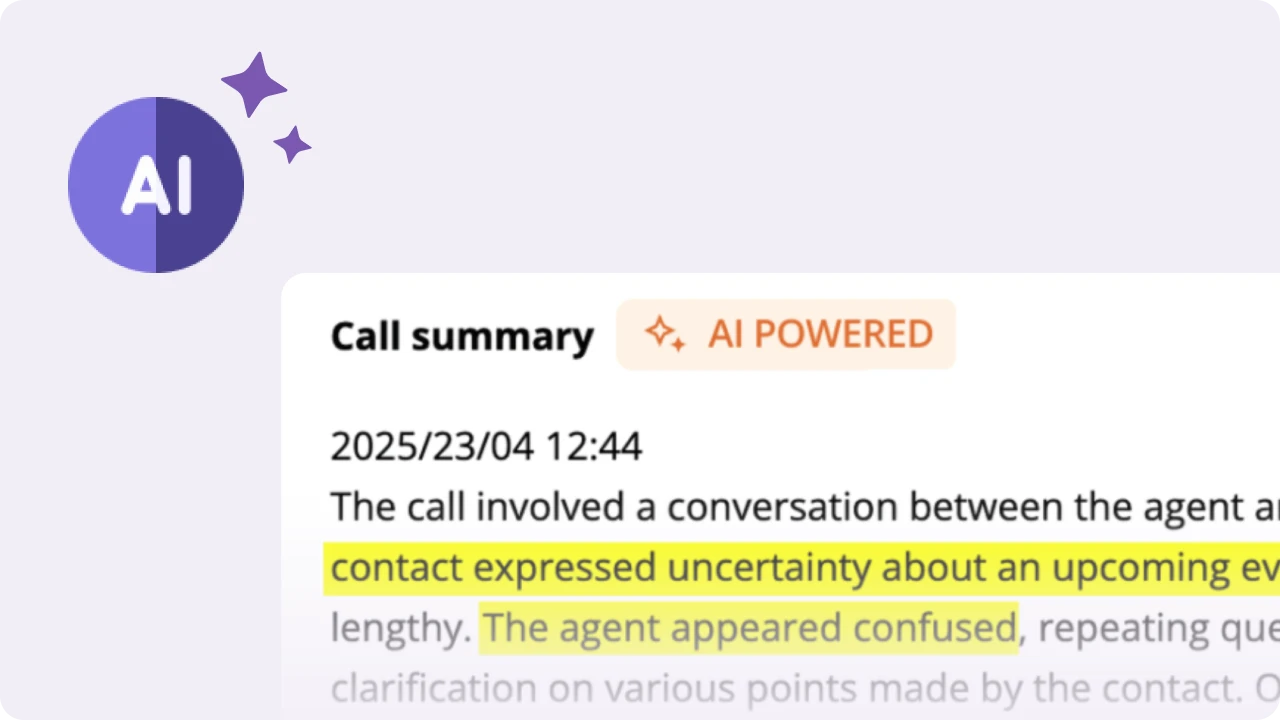Table of Contents
We have all heard tales from fellow fundraisers of “ this one nonprofit that got onto this new digital fundraising trend and, just like that – raised $10 million overnight.” And with every new trend that emerges, there is a flurry of activity to see “How does this fit into our use case?”
Some of these digital fundraising trends include:
- Charity: Water successfully utilizes Classy’s P2P fundraising platform, allowing individual supporters to launch personal campaigns to fund clean water initiatives.
- The American Cancer Society has used crowdfunding on platforms like GoFundMe to supplement its traditional fundraising efforts and reach new donor segments.
- Save the Children has partnered with The Giving Block to accept cryptocurrency donations, expanding its donor base to crypto investors.
- UNICEF uses AI-powered chatbots to engage potential donors, answer FAQs, and streamline the donation process.
Notably, 58% of nonprofits have integrated AI into their communications platforms, surpassing the 47% adoption rate observed in the private sector.
While it is true that every nonprofit should keep a keen eye on the latest in digital fundraising that makes gathering donors easier or faster, there are other specific statistics to keep in mind. For example, acquiring new donors can cost 2-3 times more than the amount of their initial gift, and it takes up to 24 months to break even on that investment.
Is it really worth it to focus so heavily on the latest tech? Let’s look at that question in depth.
Drawbacks of new digital fundraising trends
Each trend mentioned above is undoubtedly a powerful new avenue for boosting donations, donor experience, and follow-ups. However, they all come with certain drawbacks that nonprofits looking to adopt them must keep in mind.
A heavy reliance on a single channel
A strong focus solely on one fundraising channel at a time, such as P2P text messaging or Zoom calls, can limit reach and engagement. For example, nonprofits that rely exclusively on Facebook fundraising tools may struggle if algorithm changes reduce the visibility of their campaigns.
Other platforms that focus on text-based fundraising are vulnerable to changes in the law limiting who can send texts. Things like cryptocurrency may suddenly lose value, stall projects, etc.
It is exciting to try new digital fundraising ways to get donations. But, keep in mind that ‘new = uncertain’ and ensure the nonprofit’s risk exposure is limited.
Read more: 15 Innovative Online Fundraising Ideas to Keep You Going
Neglecting donor retention
New tech invariably means a stronger focus on acquiring new donors through new channels. However, prioritizing new donor acquisition over nurturing existing relationships can lead to donor attrition.
In fact, nonprofits lose an average of 81% of first-time donors. Additionally, acquiring new donors is costly. It can take 18-24 months to recoup the expenses associated with attracting a first-time donor.
This is usually because initial donations by first-time donors are generally two to three times less than the marketing and acquisition costs.
Also, a report from 2019 (pg. 6) shows that the average nonprofit loses 55% of its donors each year. However, increasing donor retention by just 10% can boost lifetime donor value by 200%.
So, let’s not risk the 200% by forsaking the 45% who want to stick around and make a difference.
Therefore, focusing solely on new donor acquisition without implementing effective retention strategies can result in high attrition rates and increased fundraising costs.
Read more: The Ultimate Guide of Donor Retention Strategies
How nonprofits can do digital fundraising sustainably

While your shiny new fundraising toys are fun to use, remember that a nonprofit’s bedrock is not the latest cutting-edge tools but a more straightforward foundation.
Recurring donation programs
Encouraging donors to set up monthly contributions provides a steady and predictable income stream. Now, revenue statements say recurring donations are far lower than a single, one-time gift. This makes sense – people are comfortable donating $5 every month. But a ‘spur of the moment’ one-time gift may be $100.
But there is more to recurring donations than just that one number. In 2022, a report that studied the donations made to nonprofits using the Neon CRM found that:
- Recurring donors continued to give for an average of 8 years, as opposed to one and a half years for one-time givers.
- The recurring donor retention rate was 77%, compared to 34% for one-time donors.
- 50% of recurring donors tended to give a second gift after their usual donation.
All of this makes clear that as a nonprofit, your focus should be more heavily on recurring donors and less on something new that catches the first-time donor’s eye.
And just as a reminder, you must have the right tools to keep in touch with donors since recurring donations only come if you have a relationship with the donor.
Read more: The Best Donor Engagement Strategies For Your Nonprofit
Digital tools to enhance donor retention
- Donor management software: Platforms like Bloomerang, DonorPerfect, and NeonCRM help nonprofits track donor interactions, segment donor lists, and personalize outreach efforts.
- Email marketing automation: Tools like Mailchimp, Constant Contact, and HubSpot enable automated follow-ups, personalized thank-you emails, and re-engagement campaigns.
- CallHub for donor outreach and retention: CallHub’s mass texting service and phone banking solutions help nonprofits maintain direct, personalized communication with donors.
Write about AI – since we have smart insights and profanity filters.
Checklist on digital fundraising ideas
Let’s go over some of the points that can help you with digital fundraising:
- Launch a recurring giving program: Encourage supporters to set up automated monthly or quarterly donations. Recurring gifts provide a reliable income stream and help donors stay connected to your organization long-term.
- Use Donor Management Software: Implement a system to track donor data, giving history, and engagement. This improves personalization, enhances retention, and streamlines campaign analysis.
- Automate Email & SMS Thank-Yous: Set up automated messages that instantly thank donors after giving. A quick acknowledgment strengthens relationships and shows appreciation without manual effort.
- Add an AI Donation Chatbot: Use chatbots on your website or social media pages to answer questions, suggest donation options, and collect gifts in real time, all while providing 24/7 support.
- Host Virtual Or Hybrid Events: Engage a broader audience by hosting fundraisers that combine both online and in-person elements, such as live-streamed galas, webinars, or virtual auctions.
- Offer Multiple Digital Payment options: Make donating easy by supporting credit cards, digital wallets, bank transfers, and platforms like PayPal or UPI. The more flexibility you offer, the fewer barriers for donors.
- Call & Text Donors Personally: Add a personal touch by reaching out directly. A brief call or personalized message can express gratitude, provide updates, and encourage future giving.
- Invest In Community & Volunteers: Cultivate a strong base of supporters who fundraise on your behalf. Empower volunteers with digital tools and training so they can spread your message organically.
The Importance of community for digital fundraising
While we like to discuss new tech in digital fundraising, new metrics, and new methods whenever we speak about fundraising, here at CallHub, we believe in pushing the community ahead of the technology.
Investing in volunteers and community building is fundamental for long-term fundraising success. While digital tools and trends offer new fundraising opportunities, the core of successful fundraising lies in building genuine relationships.
If your supporters back your efforts, a nonprofit does not have to ‘corporatize’ so much to get funds.
The people the nonprofit serves will step up to keep the nonprofit going.
Please listen to our podcast on the topic to get a fuller picture of how you can build a strong bond with the community you serve and why it is so important.
Listen: How Nonprofits Can Be Great Again? Money is Not The Answer


